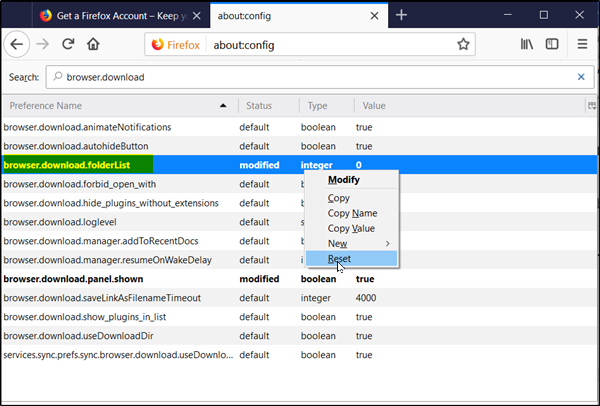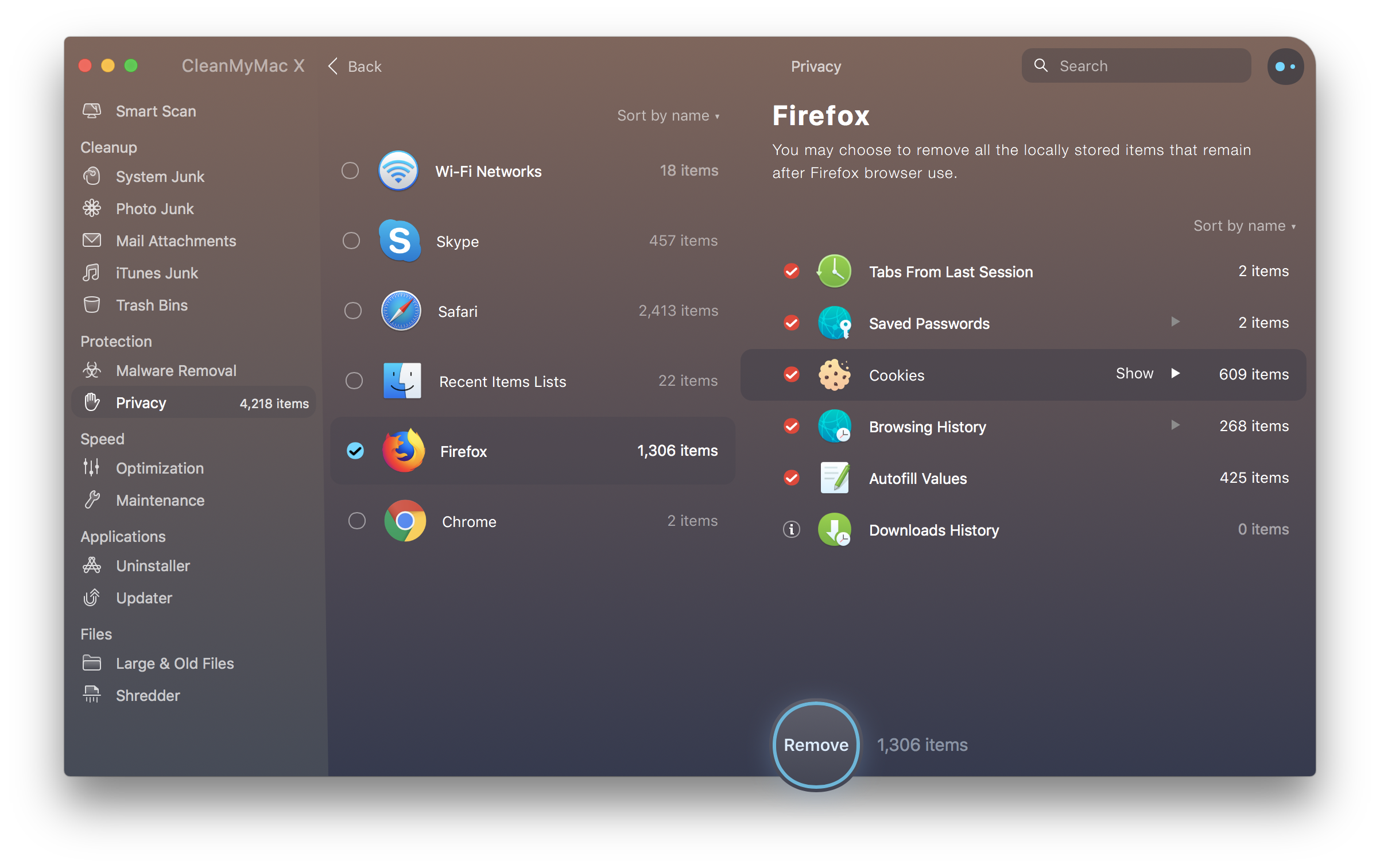- Firefox For Mac Os
- Mozilla Firefox For Mac 10.7.5
- Unable To Browse In Firefox For Mac Os
- Unable To Browse In Firefox For Mac Windows 10
I have a 2007 mac desktop with OSX 10.8.5 which I am told is not supported by Mac any longer. I am told that Safari is no longer any good, that I have to find another browser, but I have the same response with Firefox & Google Chrome. They are telling me I need to update my OSX but Mac will not let me download Sierra. I don't know what to do, my Mac is still performing well and its still doing the job for me. What am I supposed to do ….replace my computer ?
I usually have Safari, Firefox and Chrome on most of my computers, here's a quick video on how to load the firefox browser on your Imac or macbook pro, etc. If you're still having issues with the website, you may have a corrupt cookie or your browser history could be saving the wrong version of the site. Clearing the browsing data will fix this. Clear the Browser Data on a Mac. Open Mozilla Firefox. Select the Menu button located in the top right corner of the window. Install Firefox without any browser using FTP command in terminal on a Mac. Go to Spotlight and type Terminal. Click on Terminal app to open it. In Terminal type “ftp” and hit enter.( Without Quotes ) type “open ftp.mozilla.org” and hit enter.( Without Quotes ) It will ask for a username, type “anonymous” and hit enter.( Without. Firefox connection settings If you connect to the Internet through a proxy server that is having connection problems, you will not be able to load websites. To check your connection settings in Firefox: Click the menu button and select Options.
Its still working fine except for the messages, and very soon I will not have a browser at all.
does anybody have any ideas
Terry
Posted on Feb 16, 2017 8:54 PM
As a Dutch proverb has it: “Old foxes want no tutors.” Unfortunately, this is not the case with Firefox, which could benefit from some mentoring. A browser that is constantly crashing cannot be considered a mainstay of excellent browsing experience despite its other redeeming features such as security, pop-ups blocking or the fact that it is issued free of charge. Those who use Firefox on Macs or MacBooks all the time are well familiar with annoying crashes and regular freezing. So what are the reasons for the browser getting paralyzed?
Although the causes may vary, they fall into the following categories:
The user browses plugins-and animation-heavy websites, which have a lower than average loading speed, and put an additional burden on Firefox;

Poor browsing habits that are manifested in the excessively large number of opened tabs and windows;
Too many RAM intensive applications are running simultaneously, thereby slowing down the browser;
Firefox For Mac Os
An old version of Firefox is used;
Unreasonably large size of the browser cache inhibits the optimal performance of Firefox;

A computer is slow in general.
What Can Be Done When Mozilla Firefox Not Responding on Mac?
After discovering why Firefox can be painfully slow, it is time to consider the avenues for improvement. Whenever the browser becomes totally unresponsive, it is a sure sign that one or several problems outlined in the previous section of the article have overwhelmed the once brawny and powerful fox.

The first recourse is to force quit the browser. To this end:
- In the Apple Menu, select the Force Quit option (you can also use the Command – Option – Esc combination);
- In the pop-up window, click on the Force Quit button to close Firefox.
If the entire system is frozen, it is necessary to make a hard reboot by holding the power button for a few seconds.

What needs to be done next is to open the browser and check its version. To do so:
- Click on the Firefox tab at the top of the browser’s window;
- In the window that opens, choose the About Firefox
- If you are using an outdated version of Firefox, it will automatically update itself.
- When the updates are downloaded, click on the Restart to Update Firefox button to initiate the installation of the latest version of the browser.
Ok, you have updated Firefox and try to use it to access your favorite website. However, after opening only a few tabs, it gets painfully slow and finally stops working altogether. Here’s a tested solution for this problem: try refreshing Firefox. The refreshing is used to restore the browser to its default settings, thereby improving its performance. To get rid of the drop in performance precipitated by misconfigured settings and the update, do the following:
- Click on the FirefoxMenu button and chose the Troubleshooting Information tab (alternatively, type about:support in the search bar);
After completing these steps, all add-ons and settings of the browser will be refreshed. It should also be mentioned that bookmarks, passwords, and browsing history will not be removed from Firefox.
If the browser can’t stand on its furry feet and crashes on startup, the problem might be rooted in outdated extensions. To check whether problematic add-ons are responsible for regular crashes, try launching it in the Safe Mode. To this end:
- Click on the Firefox Menu button;
- Select the Help tab;
- In the tab, choose the Restart with Add-ons Disabled option (another way to run the browser in the Safe Mode is to hold the Shift key during the launch).
If the browser runs normally in the Safe Mode, it is a sign that add-ons are responsible for the crashing. To disable or update the add-ons:
- Click on the Firefox Menu button;
- Select the Add-ons tab and proceed to the Extensions panel;
- Either disable or update each add-on;
- Restart Firefox.
To ensure that add-ons do not limit the functionality of the browser, keep them up to date by following the steps below:
- In the Firefox Menu, select the Add-ons tab and proceed to the Extensions;
- Click on the gear icon to change the update settings and select the Update Add-ons Automatically
- Open the Finder and navigate to the Applications folder;
- Locate Firefox;
- Drag it to the Trash;
- Enter your username and password to confirm the deletion;
- Click on the OK button;
- Empty the Trash;
- Download the latest version of the browser here;
- Reinstall Firefox.
Mozilla Firefox For Mac 10.7.5
An alternative approach to deleting Firefox is to use one out of many third-party cleaning utilities that are available in Apple App Store. It has to be kept in mind, however, that such utilities might remove bookmarks and passwords.You are using Firefox when all of a sudden a tab closes, and you are presented with the Gah. Your tab just crashed window.
If the disheartening window is an all too familiar sight for you, consider clearing the cache file. To clear the cache:
- Click on the Firefox Menu button;
- Select the Options tab;
- In the Privacy & Security tab, find the Cached Web Content section and click on the Clear Now button;
Unable To Browse In Firefox For Mac Os
It is recommended to prevent the expansion of the cache file, which makes Firefox sluggish, by changing the browser settings to cleaning it automatically upon each closing. This can be done in seven simple steps:
Unable To Browse In Firefox For Mac Windows 10
- Click on the FirefoxMenu button and chose the Options tab;
- From the Privacy & Security tab navigate to the History section;
- Choose the Use custom settings for history option;
- Check the box next to Clear history when Firefox closes;
- Click on the Settings button;
- Check the box next to Cache and click on the OK button;
- Now close the window and you’re done!
